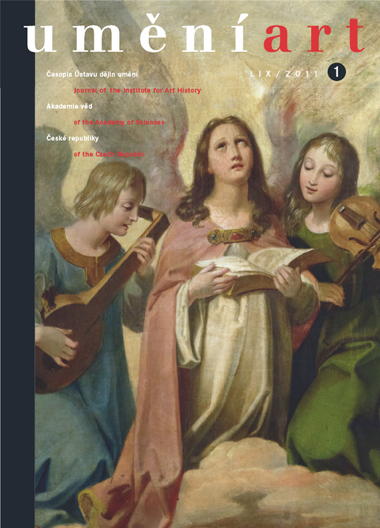Milena Bartlová
Renaissance and Reformation in Czech Art History: Issues of Period and Interpretation
The study poses the question as to whether the category 'Reformation', which was used as the framework for the exhibition and research project 'The Art of the Bohemian Reformation' (Kateřina Horníčková - Michal Šroněk) can become an art history category in the methodological sense. The collection of works that it designates brings together artefacts that are normally classified as 'Late Gothic' (from the 1430s to the 1520s) and as 'Bohemian Renaissance' (up until the 1620s). 'The Bohemian Reformation' is a term taken from church history, where it is derived from the specific confession of faith dating from 1575 known as the 'Bohemian Confession'. In contrast to exclusive strategies that characterised the period of the growth of confessional differences in other European countries, it sought a compromise in the form of a common denominator for the Augsburg and Helvetic Confessions, the Bohemian Utraquists and the Unity of Brethren. A recapitulation of the study of the Late Gothic and Renaissance styles in Czech art history demonstrates above all that so far there has only been limited reception of the recent new possibilities of characterising 'Renaissance' as a style in the Transalpine lands, where there can be no question of 'genuine' Italian Renaissance. It is only in the last decade that the question has started to be asked about the confessional profile of Bohemian Late Gothic art - the Bohemian situation was unique in Europe in that the Utraquist church was legalised there as early as 1436 (in the Compactates of Basel). In conclusion, the study puts forward several theses aimed at characterising the 'art of the Bohemian Reformation' and proposes the directions that could be taken by future research. It is evident that the Reformation could become the factor that has so far been missing in attempts to better understand, in particular, the figural art of the Bohemian Renaissance, but also 'post-Gothic' architecture.
Full-text in the Digital Library of the Czech Academy of Sciences:
https://kramerius.lib.cas.cz/uuid/uuid:d0b7014a-4126-0a59-2547-8956aa55d01b
< back

